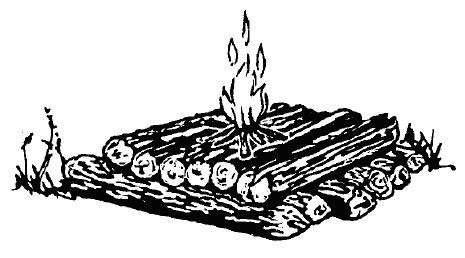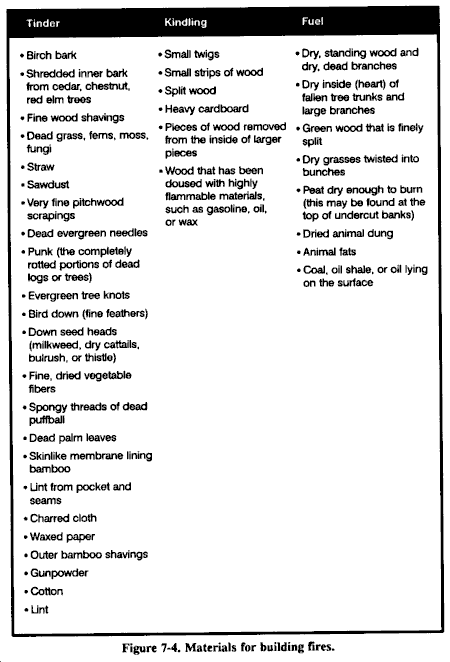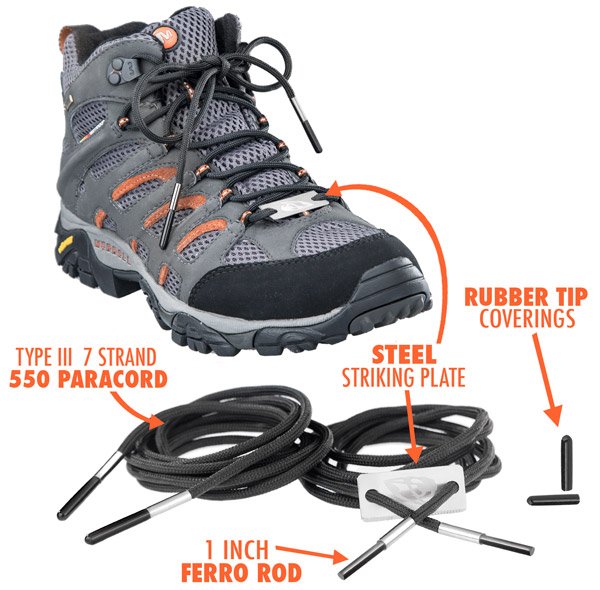Survival Tech... [Firecraft]
In many survival situations, the ability to start a fire can make the difference between living and dying. Fire can fulfill many needs. It can provide warmth and comfort. It not only cooks and preserves food, it also provides warmth in the form of heated food that saves calories our body normally uses to produce body heat. You can use fire to purify water, sterilize bandages, signal for rescue, and provide protection from animals. It can be a psychological boost by providing peace of mind and companionship. You can also use fire to produce tools and weapons. Fire can cause problems, as well. Others can detect the smoke and light it produces. It can cause forest fires or destroy essential equipment. Fire can also cause burns and carbon monoxide poisoning when used in shelters.
Remember, weigh your need for fire against your need to avoid detection.

BASIC FIRE PRINCIPLES
To build a fire, it helps to understand the basic principles of a fire. Fuel (in a nongaseous state) does not burn directly. When you apply heat to a fuel, it produces a gas. This gas, combined with oxygen in the air, burns. Understanding the concept of the fire triangle is very important in correctly constructing and maintaining a fire. The three sides of the triangle represent air, heat, and fuel. If you remove any of these, the fire will go out. The correct ratio of these components is very important for a fire to burn at its greatest capability. The only way to learn this ratio is to practice.
SITE SELECTION AND PREPARATION
You must decide what site and arrangement to use. Before building a fire consider-
• The area (terrain and climate) in which you are operating.
• The materials and tools available.
• Time: how much do you have?
• Need: why you need a fire?
• Security: how close is the enemy?
Look for a dry spot that-
• Is protected from the wind.
• Is suitably placed in relation to your shelter (if any).
• Will concentrate the heat in the direction you desire.
• Has a supply of wood or other fuel available. (See picture below for types of material you can use).

Fire Making List
If you are in a wooded or brush-covered area, clear the brush and scrape the surface soil from the spot you have selected. Clear a circle at least 1 meter in diameter so there is little chance of the fire spreading. If time allows, construct a fire wall using logs or rocks. This wall will help to reflector direct the heat where you want it. It will also reduce flying sparks and cut down on the amount of wind blowing into the fire. However, you will need enough wind to keep the fire burning.
CAUTION: Do not use wet or porous rocks as they may explode when heated.
In some situations, you may find that an underground fireplace will best meet your needs. It conceals the fire and serves well for cooking food. To make an underground fireplace or Dakota fire hole:
• Dig a hole in the ground.
• On the upwind side of this hole, poke or dig a large connecting hole for ventilation.
• Build your fire in the hole as illustrated.

Dakota Fire Hole
If you are in a snow-covered area, use green logs to make a dry base for your fire. Trees with wrist-sized trunks are easily broken in extreme cold. Cut or break several green logs and lay them side by side on top of the snow. Add one or two more layers. Lay the top layer of logs opposite those below it.
Here's the link to our posted article on our survival blog news site and more:
Check out this 007 covert tool that you can use to make fire anywhere.
This survival tool is free right now when you cover the shipping. You could say that it wearable survival tech!

Survivalist.com is the world's premier online survival and preparedness education resource. Visit us at http://survivalist.com or our news site at http://studysurvival.com
Those shoe laces are bad ass!
Yeah... I got 2 sets and some other things from them as well!
That is an article worth reading. It is informative, well written and illustrated, and properly credited as being also published on the originator's own site. Additionally the link throughs to the poster's webshop are intelligently placed, and feature products relevant to the article.
Although this kind of article is of no personal use to me, my idea of outdoor activity is a good coffee while reading the newspaper outside the local cafe, it is an excellent example of how to get information to the casual reader.
Additionally, thoughtfully placed links to article related products are useful. Such links add to the utility of the posting. It is only when they are not relevant, or become intrusive to the reading experience, that a poster should think twice about including them.
ColdMonkey mines Gridcoin through generating BOINC computations for science.... and Steems at the same time...
Thanks coldmonkey! We try to publish only the most useful news and resources.